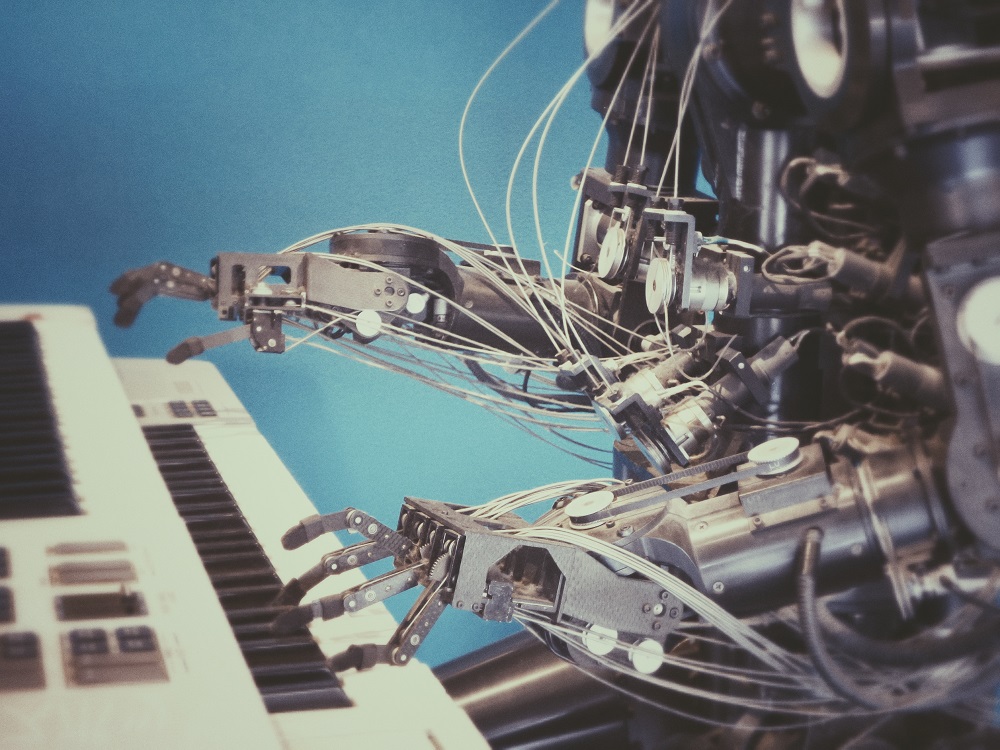The effect the global pandemic has had on all of us is undeniable. The ‘new normal’ heavily consists of retreating to our homes, isolating and avoiding the spread of the disease. As a result, a growing number of organizations have had to either shut down operations or pivot their business strategy. Moving employees to work from home situations and moving activities to a digital environment are common steps to take within today’s corporate climate.
Over the past year and a half, a growing number of organizations have looked for means and ways to incorporate more automation and slowly try to limit their reliance on their physical workforce. A growing technology being adopted within this space is RPA or Robot Process Automation. In order to incorporate this service into a business, it is recommended to consult with a provider of RPA services. The technical and practical expertise helps your business make the best and most effective decisions to ensure while other organizations may be flailing, your business is thriving.
What is RPA ?
RPA or Robotic Process Automation is an emerging technology across a number of industries. The ability of RPA is to introduce streamlining maneuvers across organizational activities while also cutting down expenditure (especially in the long run). Over 53% (AI Multiple) of enterprises worldwide have begun incorporating some degree of RPA into their organizations. RPA allows businesses to automate cyclical, repetitive and mundane tasks. If an activity is dependent on a finite set of rules that must be followed to complete the activity, chances are it can be conducted by RPA. RPA is also the perfect introductory setting for more higher tier technology incorporation, including intelligent automation, machine learning and artificial intelligence. All of which can be trained and equipped to conduct similar activities at higher capacities and positively impact future output.

The technology behind RPA allows organizations to incorporate business logic and create a structure that automates business processes. RPA applications include software configuration, data capture and analysis, transaction processing, processing and organization of large scale data, automated response systems and the ability to synchronize with other technology systems within an organization. Both simple and complex tasks, as long as they remain repetitive to a large degree, can be conducted by RPA systems. The RPA industry is projected to value at USD $11 billion (AI Multiple) by 2027, paying close attention to the development of this form of automation is critical to strong business development.

RPA during the COVID-19 Pandemic
The prevailing COVID-19 pandemic has affected the world for a little over a year currently. Businesses have had to accommodate for shifting demand patterns and ensure their organization stays competitive. One of the key methods to do this is moving activities to a digital space to accommodate for social distancing and curfew laws. Additionally, all organizations can attest to a fall in sales and revenue generation. RPA has offered a solution, at least in part, to help generate better business results and ensure customer satisfaction. Here is how RPA or robotic process automation has helped businesses stay afloat over the global pandemic;
Cut Down Labour Force
RPA has been a great substitute for members of the workforce hired to conduct cyclical or mundane jobs. Data entry and sending simple responses to customer queries may hold a critical role within the organization. However, with the COVID-19 pandemic, a growing number of businesses have chosen to downsize their workforce or lower salaries. This is likely to have a negative impact on employee morale that unfortunately reflects the lowered revenue generated. Introducing RPA to take over for these employees reduces the number of employees that need to stay on the payroll, encourages social distancing protocols and ensures only a core team of employees remain in place that focus on value addition.
Reduced Long Term Costs
The initial set up costs to introduce RPA technology may seem intimidating. The implementation and training costs can be a little pricey depending on your provider and the intensity with which RPA is adopted to your business. However, this investment reaps the rewards in the multiples after the system is successfully put in place. A big concern with onboarding employees to conduct simple, cyclical activities rather is the heavy costs that come with the recruit. The initial salary and training costs aside, there are incentives, pay increases, expenses and promotions that must be considered. RPA systems are able to conduct these activities, receive upgrades or edits to the rules used to perform activities and minimize the number of mistakes that occur due to human error within these environments. With distancing protocols in high gear, now is as good a time as any to invest in RPA systems.
Optimize The Digital Space
Before the global pandemic, the digital space was already saturated with corporations, eCommerce stores and businesses conducting their activities virtually. Now that the number has grown exponentially larger, staying competitive has never held as much importance. RPA offers an opportunity to ensure some activities are processed as instantly as the request is received. Customer-related activities like confirmation emails and status updates can be sent to customers significantly faster than if a person was to handle the request. Additionally, RPA systems can be programmed to handle multiple requests at a larger scale simultaneously. The end result; a significantly larger number of queries answered with precision over a shorter period of time.

Streamline Backend Activities
The main reason behind implementing RPA, especially over the global pandemic, is to introduce some degree of internal efficiency and effectiveness. With a growing number of businesses forced to size their business down and repurpose revenue towards income generation, it can be difficult to chart ahead. Introducing RPA helps businesses substitute the lost workforce for an optimized solution. Reconfiguring internal activities can help businesses stay afloat while they pivot all remaining processes and effort to expand the crucial business team. There are a number of high-value activities that cannot be conducted by a machine or RPA; these include customer service and marketing creativity. Introducing RPA on a smaller scale with mundane activities can free up time and resources that can be dedicated towards other activities that need the investment.

Conclusion
At a time where businesses should be encouraging social distancing and maintenance of curfew/lockdown restrictions, finding the right labour to conduct internal operations can be stressful. 61% (AI Multiple) of businesses that have successfully implemented RPA practices have seen a significant cost reduction that has met or exceeded their expectations. Additionally, RPA offers a solution that can be taught to execute activities and commands as needed. Businesses are able to repurpose investment into labour into an error-free solution and rebuild steadily. Once the business is profitable again, and perhaps global circumstances have reintroduced the brick and mortar stores, organizations can look into expanding the human workforce. In the meantime, RPA has secured itself as a critical business tool, especially over the global pandemic.









